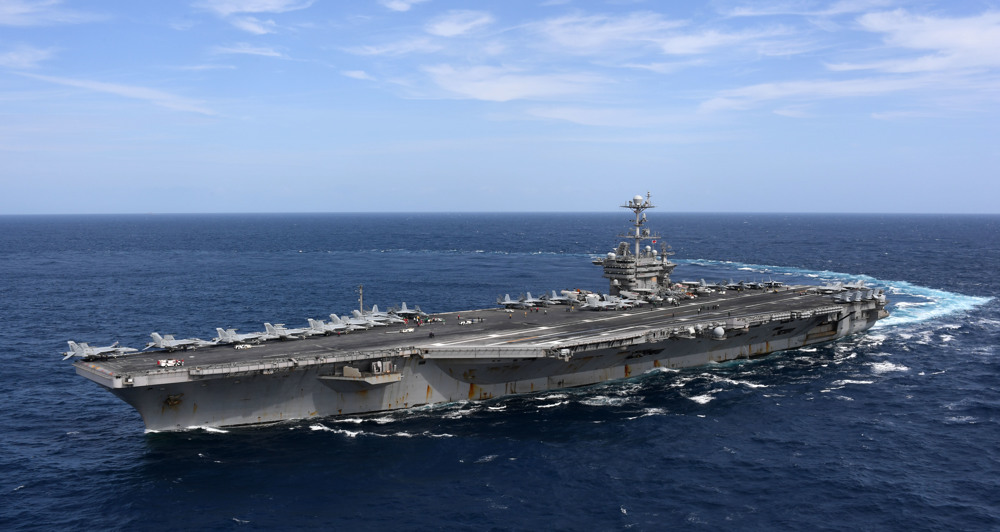US Navy to challenge China in South China Sea: Commander
The US Navy will restart so-called Freedom of Navigation Operations (FONOPs) in the South China Sea to challenge claims by China to exclusive access in the sea, a top American commander says.
US Pacific Fleet Commander Scott Swift insisted at a briefing in Singapore on Monday that there is "no change in policy” toward the region under the administration of President Donald Trump.
He said the US Navy stopped its “freedom of navigation” patrols temporarily in the South China Sea because the United States “just went through a change in administration,” but added that it did not mean the sea is a lower priority for the Trump administration.
“I am not surprised that process has continued in a dialogue as the new administration gets its feet on the ground and determines where would be appropriate to take advantage of these opportunities and where we may want to wait,” he said.
“We just present the opportunities when we have a ship in the area and there is an area of interest,” he said, adding the US Navy continues to recommend such operations.

The US Navy has not conducted any FONOPs near features claimed by China in the South China Sea since Trump took office on January 20, a Pentagon official said previously.
In such operations, American ships or planes go near “disputed” Chinese features to test the claims to exclusive access.
Swift said the military still proposes freedom of navigation operations, but added that there are concerns among US allies about the American commitment to the region.
“I think if the entire United States Navy was forward deployed to the western Pacific there’d still be this sense of uncertainty of commitment,” Swift said. “And it wasn’t so much a reflection of the US and the US commitment, it’s the sense of uncertainty and angst in the region.”
The US has long sought to limit China’s growing maritime influence in the sea, over most of which Beijing claims sovereignty.

Additionally, the US has reached out to the sea’s neighboring nations, who have overlapping claims with regards to the South China Sea, a major gateway for trillions of dollars in maritime trade.
China does not look favorably upon the US military’s presence in the region, saying Washington is only there to stir regional tensions.
In response, the Trump administration has accused China of building a “massive military complex in the middle of the South China Sea.”
China has repeatedly warned the United States against naval patrols in the South China Sea.
Araghchi: Iran-Russia strategic deal step toward ‘more just world’
UNRWA unraveled amid Israel's allegations, reduced intl. support
Palestinian journalist, a Sobh Media Festival awardee, killed in Gaza hours before truce
Jan. 15: ‘Axis of Resistance’ operations against Israeli occupation
VIDEO | Fears, hope in Gaza amid intensified ceasefire efforts
VIDEO | Press TV's news headlines
Hamas: Ceasefire agreement result of steadfastness, resistance in Gaza over 15 months
Hamas thanks Iran, Resistance Front following achievement of ceasefire in Gaza










 This makes it easy to access the Press TV website
This makes it easy to access the Press TV website